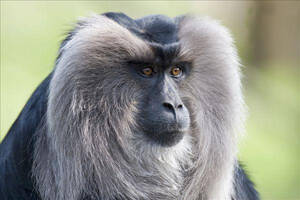
Macaca slienus
Macaca slienus,lion-tailed macaque,Lion-tailed macaque
Lion-tailed macaque (Macaca slienus), also known as lion-tailed macaque, is ···
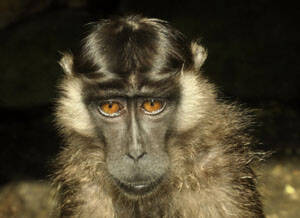
Macaca siberu
Macaca siberu,Siberut Macaque
The scientific name of the Siberut Macaque is Macaca siberu, and its foreign···
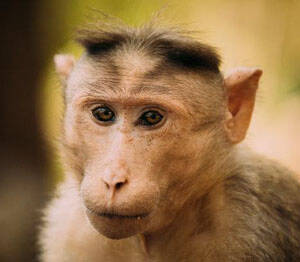
Macaca radiata
Macaca radiata,Bonnet Macaque
The scientific name of the crested macaque is Macaca radiata, and its foreig···
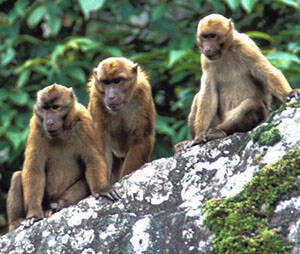
Macaca pagensis
Macaca pagensis,Macaca pagensis
The scientific name of the Mentawai macaque is Macaca pagensis, and its fore···

Macaca nigra
Macaca nigra,Celebes Crested Macaque, Sulawesi crested monkey, Sulawesi monkey, crested monkey, Sulawesi macaque, black monkey
The black-crowned macaque (scientific name: Macaca nigra) is also known as C···
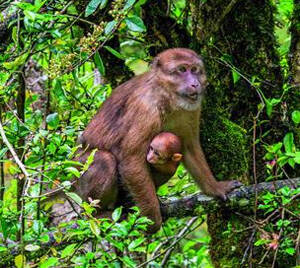
Macaca munzala
Macaca munzala
The Southern Tibetan Macaque (scientific name: Macaca munzala) is a typical ···
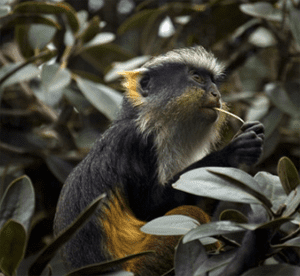
Cercopithecus pogonias
Cercopithecus pogonias
The crested long-tailed monkey Cercopithecus pogonias likes to live in the f···
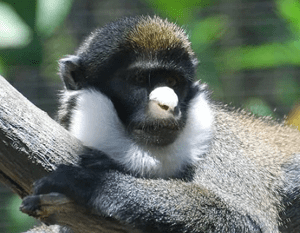
Cercopithecus petaurista
Cercopithecus petaurista
The scientific name of the small white-nosed long-tailed monkey is Cercopith···
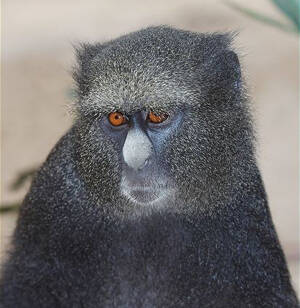
Known for its diverse voice
Known for its diverse voice
The white-nosed monkey (scientific name: Cercopithecus nictitans) is also kn···
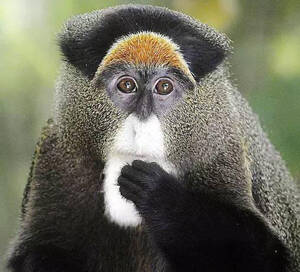
Proboscidea, Elephantidae, Loxodonta
Proboscidea, Elephantidae, Loxodonta
The scientific name of the Cercopithecus neglectus is Cercopithecus neglectu···
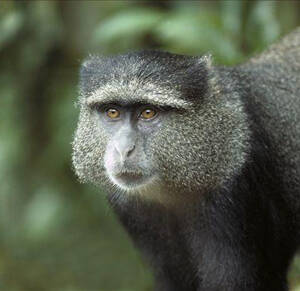
Cercopithecus mitis
Cercopithecus mitis,Blue Monkey、Diademed Monkey
The scientific name of the blue monkey is Cercopithecus mitis, and its forei···
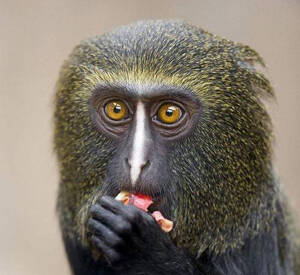
Cercopithecus hamlyni
Cercopithecus hamlyni,Hamlyn’s Monkey,Hamlin's monkey, owl-faced monkey
Owl-faced long-tailed monkey (scientific name: Cercopithecus hamlyni) is als···
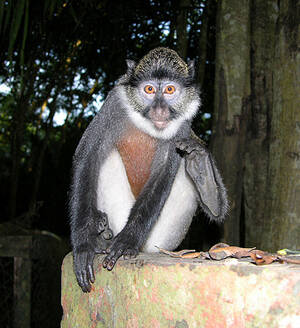
Cercopithecus erythrogaster
Cercopithecus erythrogaster,White-throated Monkey,Red-bellied Vervet Monkey
The scientific name of the red-throated monkey is Cercopithecus erythrogaste···
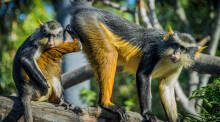
Cercopithecus diana
Cercopithecus diana,Diana Monkey,Diana's monkey, Diana's monkey
Diana's long-tailed monkey (scientific name: Cercopithecus diana) is als···
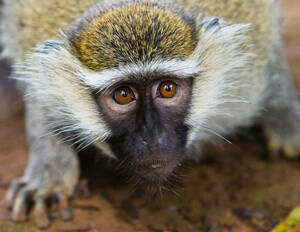
Chlorocebus tantalus
Chlorocebus tantalus, Tantalus Monkey, Vervet tantale,Vervet de Tántalo,Tantalus-Grünmeerkatze、Tantalus-Meerkatze,Tantalus monkey
Tantalus green monkey (scientific name: Chlorocebus tantalus) English Tantal···
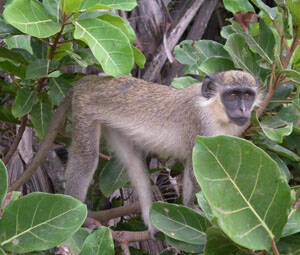
Chlorocebus aethiops
Chlorocebus aethiops,Green Monkey、Western Green Monkey,Green Vervet Monkey, Gray Grass Monkey
Green Monkey (scientific name: Chlorocebus aethiops) is also known as Green ···
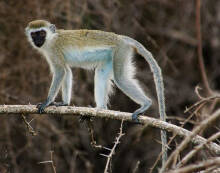
Chlorocebus pygerythrus
Chlorocebus pygerythrus,Vervet,Blue-bellied Green Monkey
Green monkey (scientific name: Chlorocebus pygerythrus) is called Vervet in ···
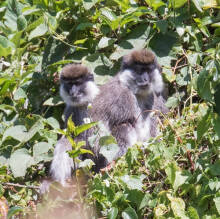
Chlorocebus djamdjamensis
Chlorocebus djamdjamensis,Bale Monkey
Bale Mountain Green Monkey (scientific name: Chlorocebus djamdjamensis) is a···

Chlorocebus cynosuros
Chlorocebus cynosuros,Malbrouck Monkey,Angola black-faced green monkey
Malbrouck Monkey (scientific name: Chlorocebus cynosuros) is a medium-sized ···
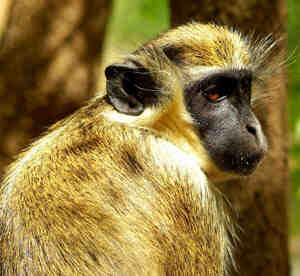
Chlorocebus sabaeus
Chlorocebus sabaeus,Grivet Monkey,Tantalus green monkey, Steppe green monkey
Black-faced green monkey (scientific name: Chlorocebus sabaeus) is also know···
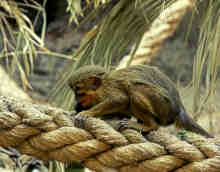
Miopithecus talapoin
Miopithecus talapoin,Foreign name Southern Talapoin Monkey,Angola pygmy monkey, southern pygmy monkey
Southern Talapoin Monkey (Scientific name: Miopithecus talapoin) Foreign nam···
